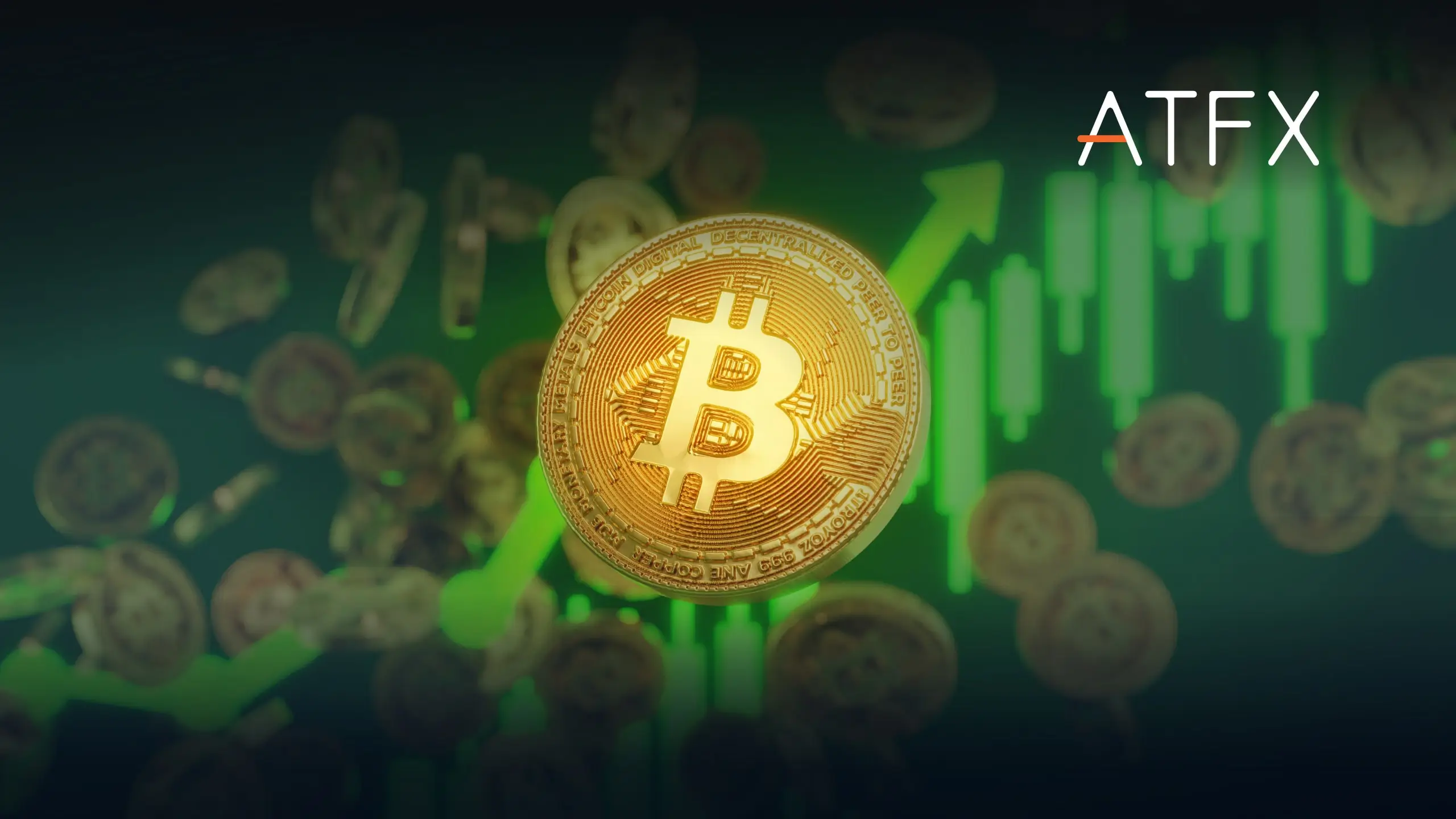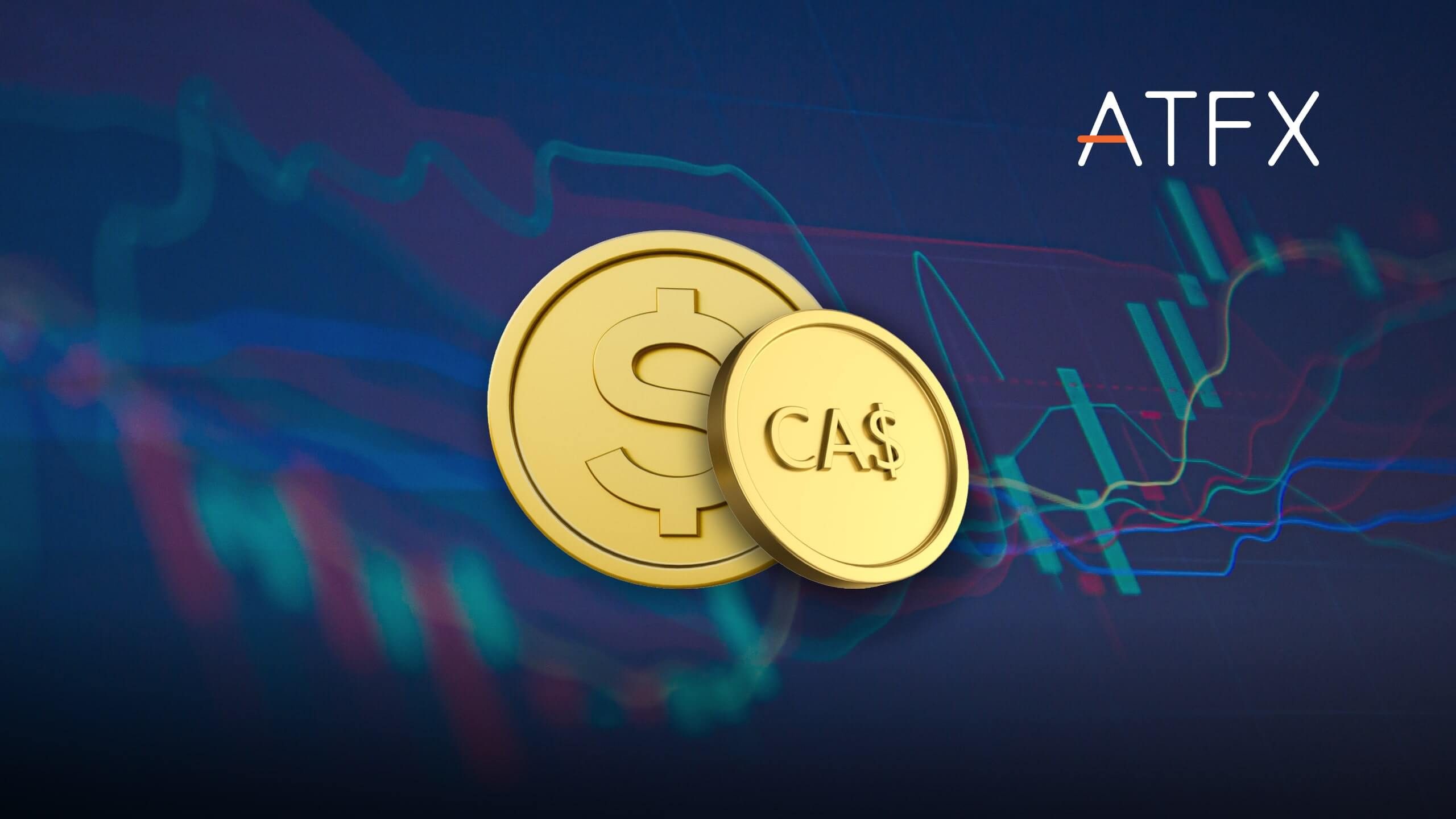The USDJPY exchange rate awaits the latest interest rate decision from the Bank of Japan.

USDJPY – Daily Chart
USDJPY has retreated to the recent low at 141.50, and the BOJ decision will determine whether the pair goes to 145 or lower than the current support.
The Bank of Japan is widely expected to keep its interest rates at a two-day policy meeting starting Monday at 11 am HKT. Board members are set to decide whether the price and wage hike cycle is on track for the economy to reach the central bank’s 2% inflation target.
Analysts will look for clues as to when the BOJ will begin normalising its monetary policy by ending negative rates and scrapping its yield curve control program.
The yen was treading very close to last year’s highs, which led to a BOJ intervention. However, the Federal Reserve was the central bank that intervened- ending its rate hike cycle and now looking at cuts.
The BOJ locked its short-term interest rates at minus 0.1% while guiding 10-year Japanese government bond yields to around zero. In the bank’s last policy meeting in October, the Policy Board said it would allow 10-year yields to drift higher than the previously rigid 1% ceiling.
Governor Kazuo Ueda told a parliamentary session that the coming year will be “more challenging,” prompting markets to consider that the BOJ is moving toward a policy change sooner than previously thought.
BOJ watchers expect the central bank to end its hostile rate policy in 2024. However, they will focus on how it reaches its inflation target “stably and sustainably”. There is a growing expectation that companies passing on higher costs to consumers will maintain the pay hike trend in Spring next year.
The BOJ is still the outlier among central banks of major economies, with the Fed’s u-turn likely leading to the ECB and Bank of England following in the short term. Both banks avoided talk of rate cuts at their recent meetings. However, the European and UK economies are treading dangerously close to recession and may consider some stimulus. The yen could continue its recent gains against global currencies in 2024.


